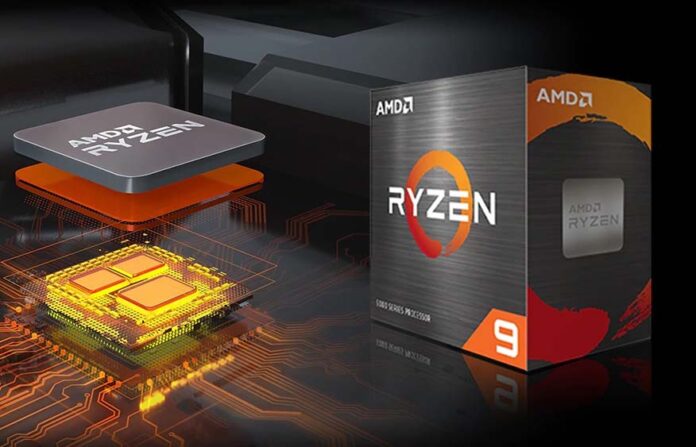Further validation of AMD’s long-term strategy came this week in a report from Mercury Research.
Intel and AMD dominate the x86 processor market by supplying more than 99.9 per cent of chips – Via produces an insignificant amount – across server, desktop and mobile. Taken as a whole, Intel still has the lion’s share, at 74.4 per cent, but AMD is making significant inroads. Let’s explain how.
| 2021 Q4 | 2020 Q4 | Change | |
| Intel | 74.4% | 78.3% | -3.9% |
| AMD | 25.6% | 21.7% | +3.9% |
Compared to 2020, Intel’s 3.9 per cent loss is AMD’s direct gain, and it helps the latter to push up overall market share from 21.7 per cent to a best-ever 25.6 per cent, surpassing the 25.3 per cent recorded in the halcyon days of 2006.
This year-on-year rise is all the more impressive given AMD has struggled with getting adequate shipments into the channel; Intel, through its own manufacturing capability and use of older, more mature technology for Rocket Lake and Comet Lake architectures, has been in a better position to meet demand.
To this end, AMD actually lost out on desktop market share, dropping from a 19.3 per cent share in 2020 to 16.2 per cent in 2021. Gains in server helped mitigate the loss, but the biggest driver of AMD’s overall rise stemmed from handsome sales of Zen 2-powered consoles from Sony and Microsoft.
Larger share of a larger pie
Grabbing a larger slice of the x86 pie is particularly welcome when set against the backdrop of increasing PC shipments. Research company IDC estimates 14.8 per cent growth, bringing industry-wide volume up to almost 350 million units. It is reasonable to assume pandemic-fuelled inertia, and the enforced need to work from home, has been a good thing for the semiconductor world.
Market-share gains are also reflected in AMD’s record-setting $16.4bn revenue in 2021, up 68 per cent from a year earlier.
Peering more closely into AMD’s results reveals two unnamed customers accounted for 25 per cent of overall revenue, likely to be either Sony/Microsoft and Lenovo.
Intel has successfully launched the impressive 12th Gen Core Alder Lake processors late last year and augmented the catalogue with a larger assortment of desktop chips and laptop processors. AMD, on the other hand, is busy readying Ryzen 6000 Series mobile and Zen 4-based Ryzen 7000 Series desktop.
Make no mistake, 2021 has been a great year for AMD, yet appreciating the rival-led headwinds, it will be even more impressive if the company continues expanding x86 market share through 2022.

